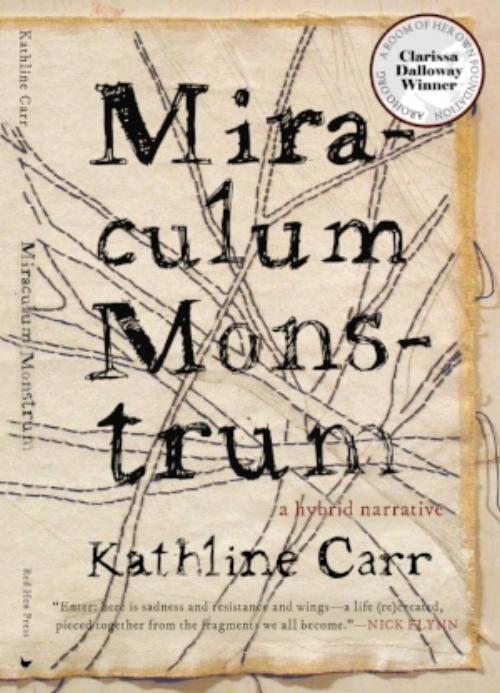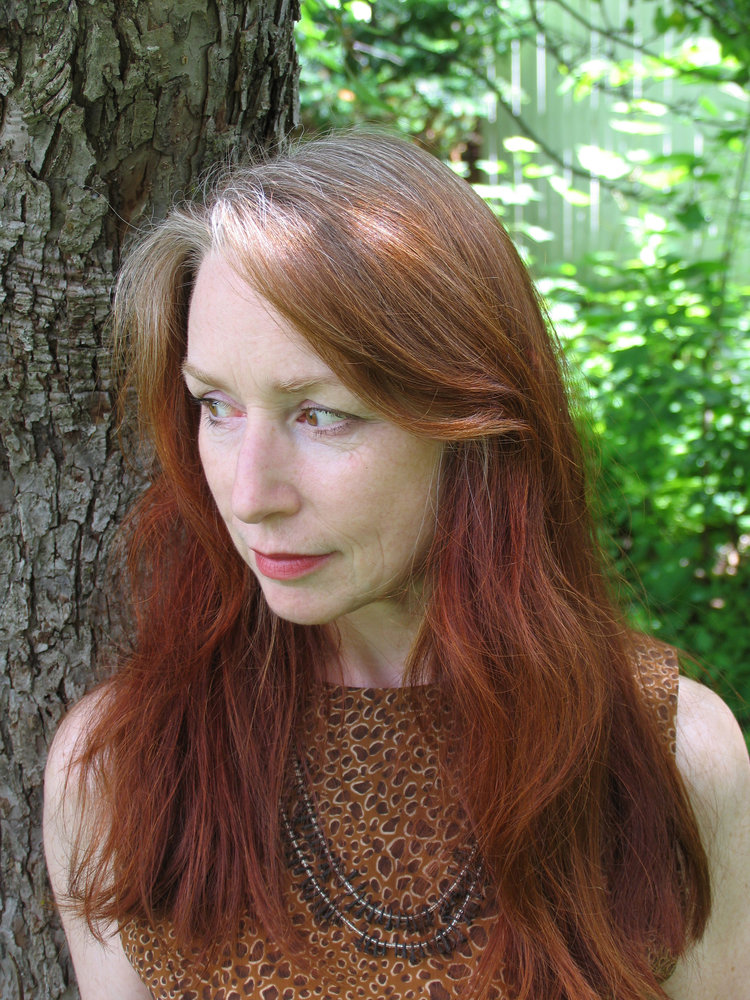Available now from Indie Bound
When did you first encounter poetry? How did you discover you wanted to write poems?
I was born into a family of avid readers and learned to read quite early, before I went to school. My mother read to me every night when I was small. A lot of those early books were fashioned after or contained poems, Alice’s Through the Looking-Glass, for instance. The last brilliantly wry line of Lewis Carroll’s The Walrus and the Carpenter never failed to crack me up. I grew up on Shel Silverstein poems, Rudyard Kipling, American folklore, surrounded by books. My father’s a songwriter, I’m sure that was an influence as well. He could recite Gunga Din and Casey at the Bat from memory, plus endless song lyrics.
Do you have a writing routine? A favorite time or place to write?
There was never a time that I didn’t write, but it was for the most part a secret activity until I was in my late 20s. It was a very personal process, but I wrote incessantly, in small notebooks or diaries: stories, poems, notes on my reading, dreams, enactments. This jumble has contributed to my attraction to hybrid forms, I’m sure.
I try to write every day. If I don’t have a lot of time, I make 10 lines of notes in a folder, to go back to later for material. Looking back over time at this accumulation, I have little memory of what has been written down, and I like the process of accessing my own hidden mind.
Where do your poems most often come from—an image, a sound, a phrase, an idea?
I cull material from the 10 line folder, from whatever dream journal or sketchbook I’m using, or from some parameter or deadline I’ve set up; often the news weaves itself into my work, as I write hybrid and documentary poems–so I am often drawing from different sources at once. I’m also a visual artist, and sometimes what I’m working on visually will make images, sounds and words come to me in a very insistent way.
Which writers (living or dead) do you feel have influenced you the most?
So many! To name a few, Jorge Luis Borges, H.D., Steven Millhauser, Virginia Woolf, Anne Waldman, Alice Notley, Bhanu Kapil, Roberto Bolano, Anne Carson, Jack Kerouac, Allen Ginsberg, Celan, Etal Adnan.
Tell us a little bit about your new collection: what’s the significance of the title? Are there over-arching themes? What was the process of assembling it? Was is a project book?
The new book, Miraculum Monstrum (Red Hen Press 2017) is a hybrid narrative, a tale of a woman artist who is afflicted with wings, told by curator Carla Kase (from the future), who has mounted an exhibit of her work and artifacts from her life for the Museum of Latter Hybrids. The narrative unfolds in fragments of verse, lore, fictional/appropriated scripture, critical commentary, and visual images. The title is the name of the religious codex of a cult that prophesied the bird-woman, the text that becomes the basis for her captivity at their hands. It is also the name of the fictional exhibit Case assembles. It basically means, in Latin, a miracle/a monster, or a portent. The book also refers to an ecological disaster, and its effect on human and animal life.
The story is concerned with the persistence of creative impulse, outcasts and realms of the dispossessed, the abuses of power and of our environment, the lack of regard in our society for what is sacred, special or hard to understand.
The manuscript was fashioned after the form of an exhibit catalog; the images were not created with parts of the text in mind, but rather, dispersed throughout the text where they seemed to belong. Red Hen Press has been great to work with, allowing my original layout of the ms to remain in place for the most part. I’m really grateful to them, and A Room of Her Own Foundation, for supporting this book, for giving it a space in which to be born!
————-

Read an excerpt from her book here:


Kathline Carr, writer and visual artist, is the author of Miraculum Monstrum, (Red Hen Press 2017), winner of the 2015 Clarissa Dalloway Book Prize. Carr’s work has appeared in many publications, including Calyx, Alexandria Quarterly, Connecticut Review, Entropy, Yew Journal; she has exhibited widely in New England, New York City, and Canada, and is represented by Fountain Street Gallery in Boston, MA. Carr received her BFA in Creative Writing from Goddard College, VT with concentrations in visual art and feminist philosophy, an MFA in Visual Arts from The Art Institute of Boston. She lives in the Berkshires. www.kathlinecarr.com